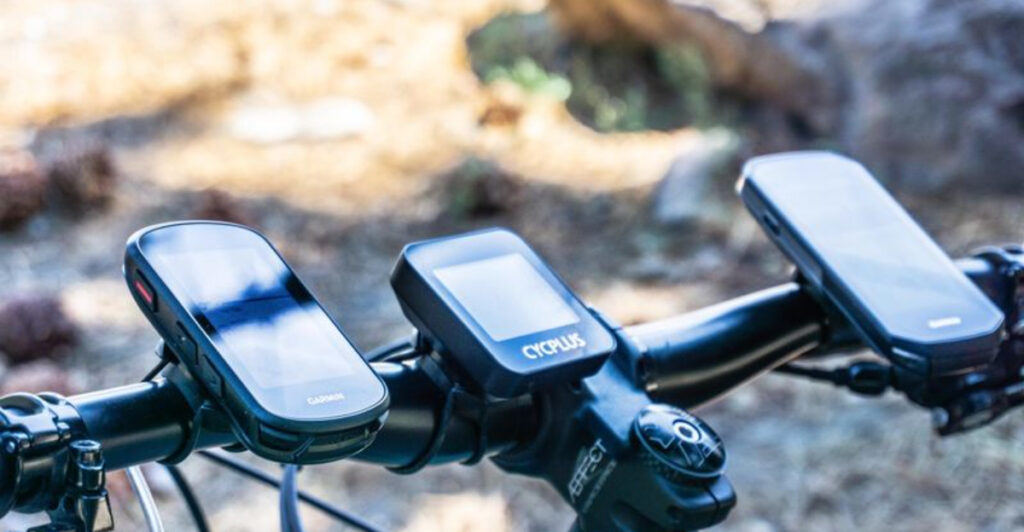Getting lost on a bike ride can turn an adventure into a nightmare. Whether you’re exploring new trails or embarking on a cross-country tour, reliable navigation tools are your lifeline to staying on track and discovering amazing routes. Smart cyclists know that choosing the right GPS system can make the difference between a memorable journey and a frustrating detour.
1. Decide Between Dedicated GPS Units and Smartphone Apps
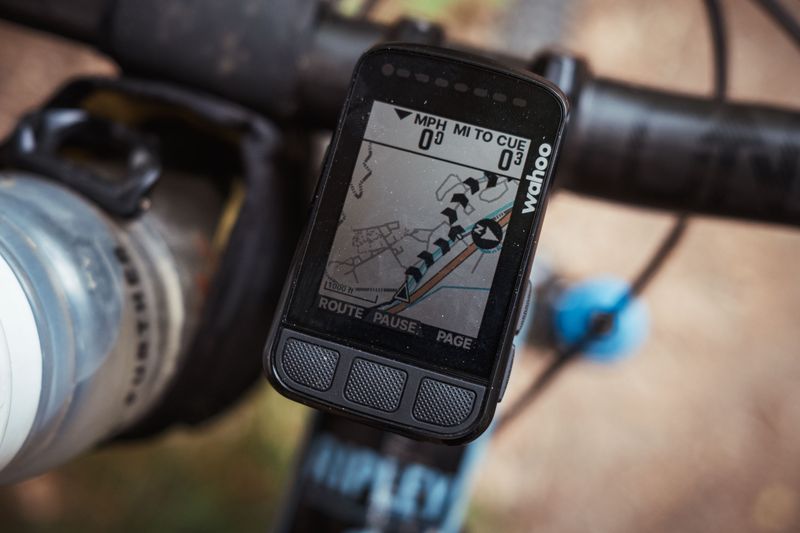
Dedicated bike GPS devices like Garmin and Wahoo are built tough for cycling adventures. They’re waterproof, handle crashes better, and keep running for 15-40 hours without charging. Plus, they work perfectly even when cell towers are nowhere to be found.
Smartphone apps like Komoot and Strava offer convenience and versatility at your fingertips. However, your phone battery drains quickly with GPS active, typically lasting only 6-10 hours. Weather protection becomes crucial too.
Many experienced cyclists use both systems together. A dedicated GPS handles the heavy lifting of tracking and navigation, while the phone app serves as backup or planning tool.
2. Prioritize Battery Life for Extended Adventures
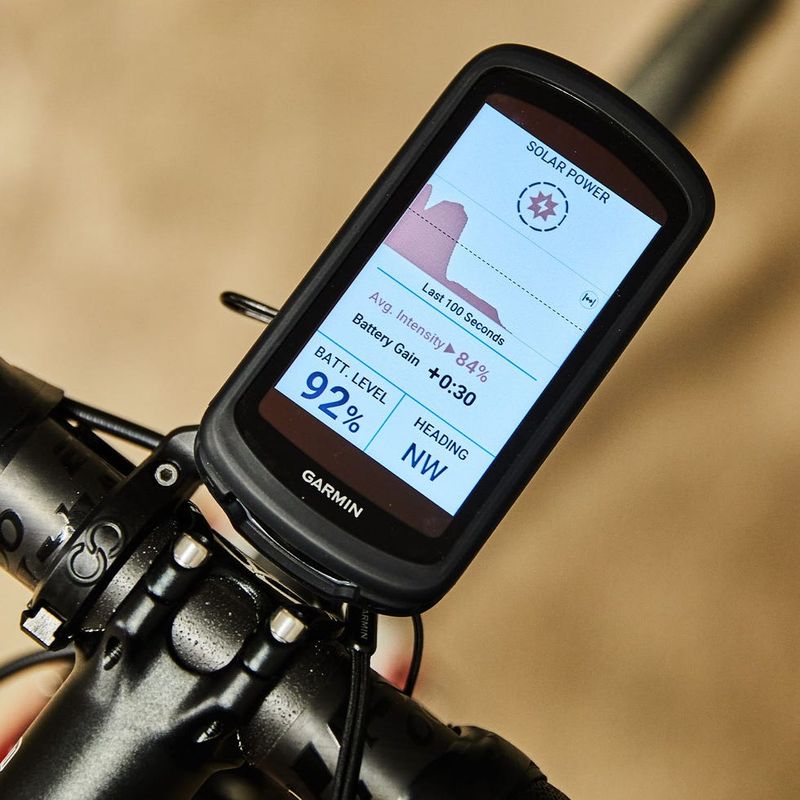
Nothing kills the mood like a dead GPS halfway through your ride. Battery performance varies dramatically between different navigation tools, making this a crucial factor for longer journeys.
Bike computers typically deliver 15-40 hours of continuous use, depending on features and screen brightness. Smartphones struggle more, usually providing 6-10 hours with GPS actively running and screen updates.
Multi-day touring requires extra planning for power management. Consider investing in a portable power bank, solar charger, or dynamo hub system. These backup power sources ensure your navigation stays active throughout extended adventures, giving you peace of mind on remote trails.
3. Secure Offline Navigation Capabilities
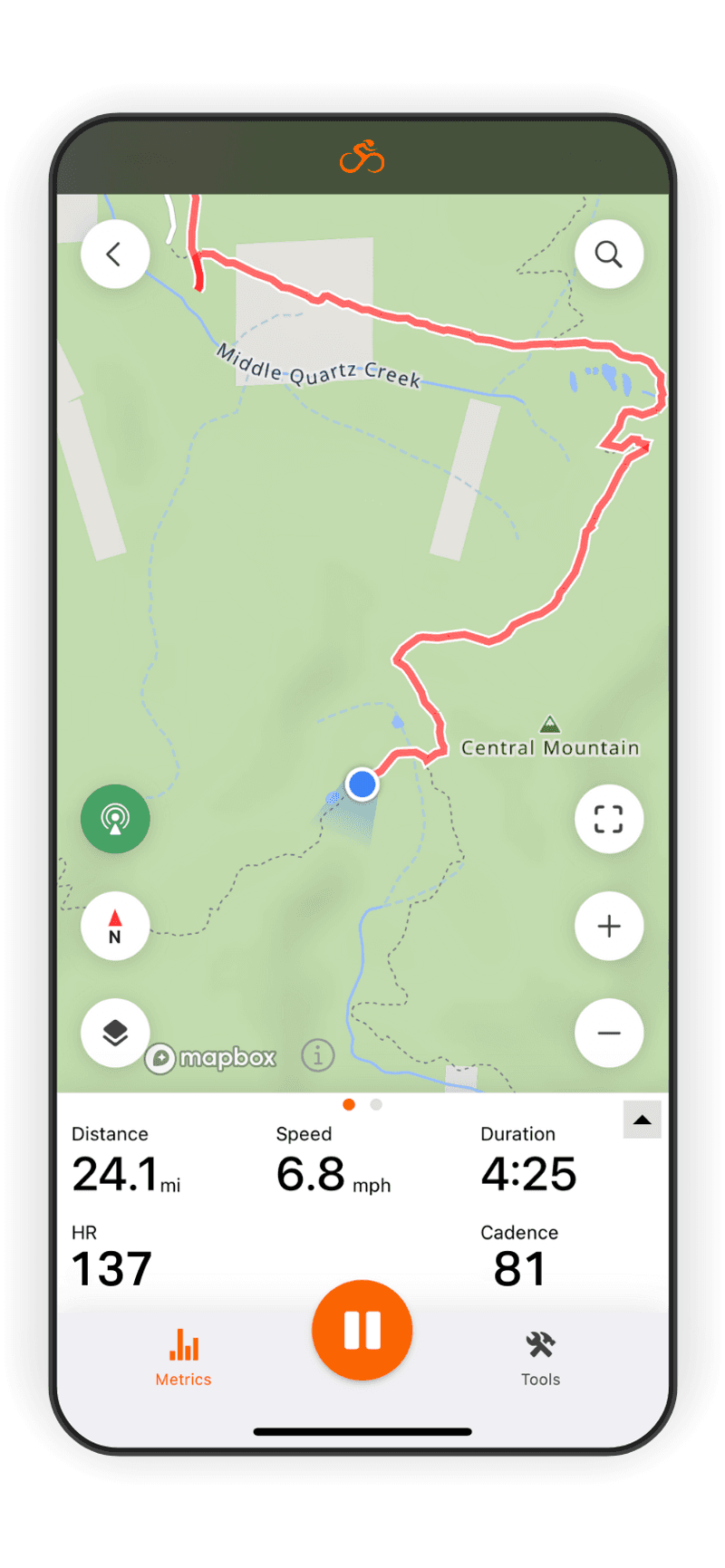
Cell towers don’t exist on remote mountain trails or rural backroads. When your adventure takes you beyond civilization, offline maps become absolutely essential for safe navigation.
Apps like Komoot, Ride with GPS, and Maps.me excel at downloadable offline mapping. You can prepare routes at home, download the necessary map data, and navigate confidently without any cellular connection.
Garmin and Wahoo GPS units come preloaded with detailed maps that update regularly. This built-in approach eliminates worries about downloading maps or running out of storage space. Your navigation works reliably whether you’re in downtown traffic or wilderness trails.
4. Consider Screen Size and Visibility Needs
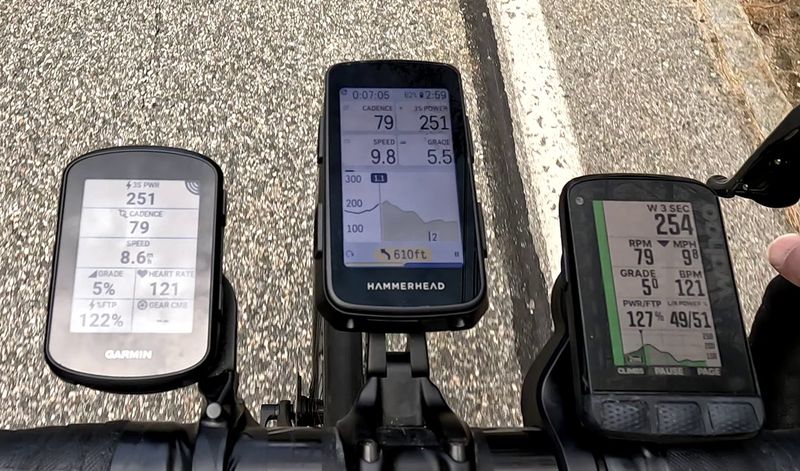
Reading tiny map details while pedaling uphill creates safety hazards. Screen size directly impacts how easily you can glance at navigation information without losing focus on the road ahead.
Larger screens display more map detail and clearer turn directions, but they add weight and bulk to your handlebar setup. Finding the right balance depends on your riding style and comfort preferences.
Transflective displays on dedicated GPS units shine in bright sunlight, unlike most smartphone screens that become nearly invisible. High-contrast displays with adjustable brightness ensure you can read navigation data whether you’re riding through shaded forests or blazing desert sunshine.
5. Evaluate Route Planning and Navigation Features
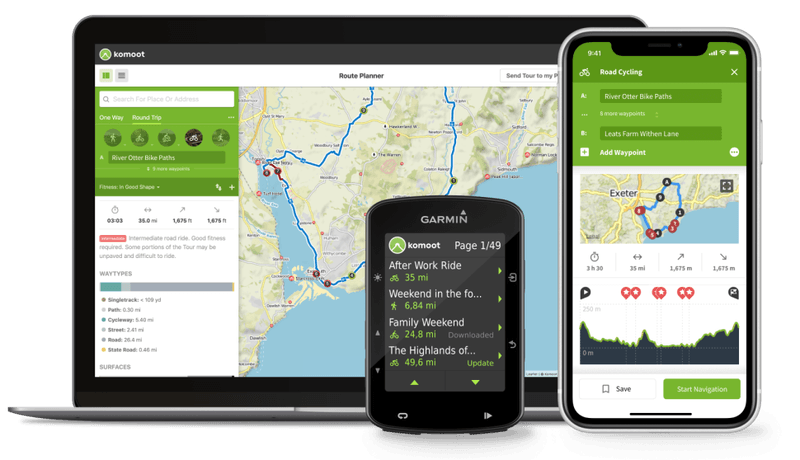
Smart route planning separates great navigation tools from basic ones. Your GPS should understand the difference between road cycling, gravel adventures, and mountain trail riding.
Look for tools that create custom routes based on your cycling preferences and skill level. Automatic re-routing saves the day when you miss a turn or encounter unexpected road closures.
Seamless syncing with popular apps like Strava, Komoot, or Google Maps streamlines your planning process. You can design routes on your computer at home, sync them to your device, and start riding immediately. This integration makes trip planning efficient and keeps all your cycling data organized in one place.
6. Assess Durability and Weather Protection
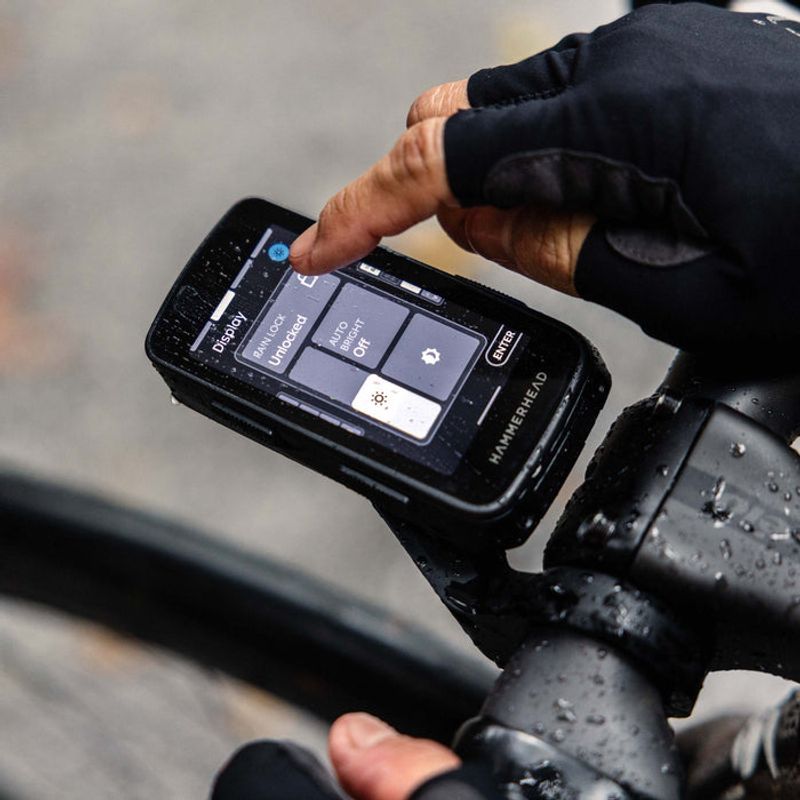
Cycling exposes your gear to punishment that would destroy most electronics. Rain, mud, dust, and inevitable crashes test every component mounted on your bike.
Dedicated bike GPS units typically carry IPX7 waterproof ratings, meaning they survive complete submersion. They’re built specifically to handle cycling’s harsh environment without missing a beat.
Smartphones need serious protection to survive cycling conditions. Invest in a rugged, waterproof case and secure handlebar mount. Even with protection, phones remain more vulnerable to damage than purpose-built cycling computers. Consider this trade-off when choosing your primary navigation method for challenging rides.
7. Match Tools to Your Cycling Style
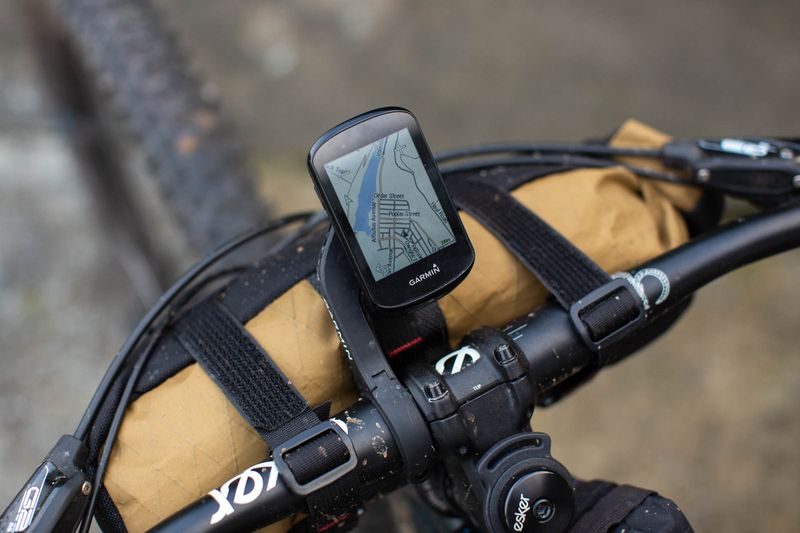
Road cyclists need different navigation features than bikepacking adventurers. Your riding style should guide your GPS selection to ensure optimal performance and satisfaction.
Road cycling benefits from compact GPS units with clear turn-by-turn directions and traffic-aware routing. Speed and efficiency matter more than rugged features or extended battery life.
Gravel and adventure riding demands larger screens, longer battery life, and detailed topographic maps. Bikepacking and touring require maximum durability plus charging options like solar panels or dynamo hubs. Match your GPS features to your adventures for the best experience on every ride.
8. Set Your Budget and Compare Value
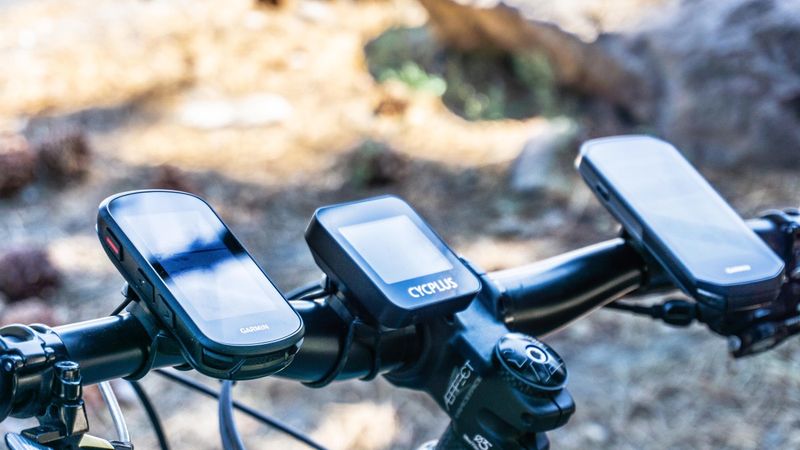
GPS navigation tools span a huge price range, from free smartphone apps to premium units costing over $500. Understanding what you get at each price point helps maximize your investment.
Entry-level bike GPS units ($100-200) provide basic navigation and ride tracking. Mid-range options ($250-400) add offline maps and advanced training features that serious cyclists appreciate.
High-end units ($500+) offer large color screens, solar charging, and comprehensive navigation features. Smartphone apps often cost nothing upfront but may require monthly subscriptions ($5-10). Consider your long-term cycling plans when weighing upfront costs against ongoing subscription fees.

